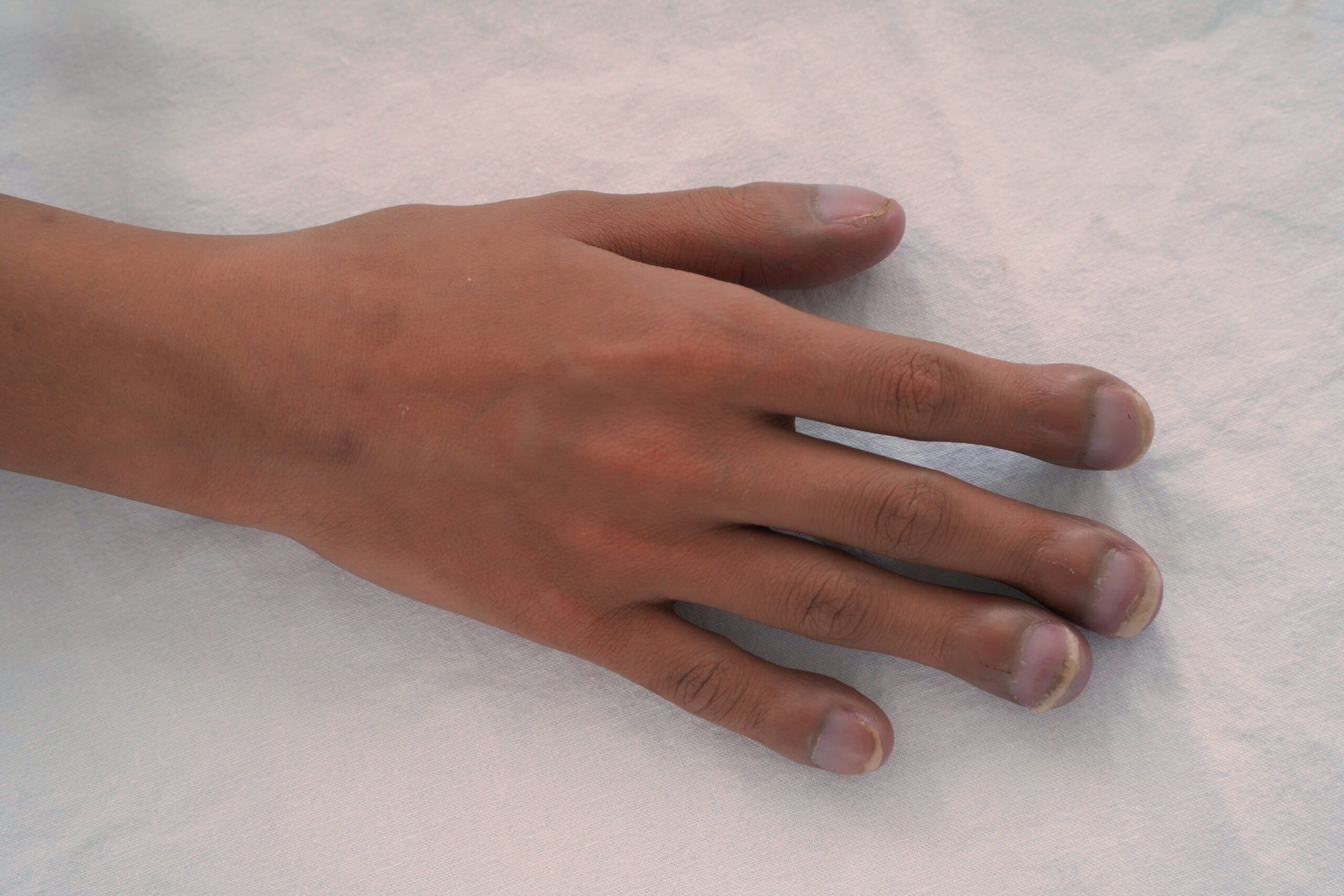Table of Contents

Changes in your fingertips could be the earliest warning sign of serious health conditions like lung cancer, yet many people overlook this crucial indicator until it's too late.
At a Glance
- Finger clubbing—swelling of fingertips with curved nails—is linked to lung cancer in nearly 90% of cases
- Lung cancer cases have risen by 130% in young women, making them the fastest-growing at-risk group
- Changes in fingernails can also indicate skin cancer, including melanoma that appears under nails
- Researchers have discovered connections between certain nail abnormalities and rare genetic disorders that increase cancer risk
- Early detection through recognizing these fingertip changes significantly improves treatment outcomes
Finger Clubbing: A Critical Warning Sign
Medical professionals are increasingly emphasizing the importance of recognizing finger clubbing—a condition characterized by swollen fingertips and curved nails—as a potential early indicator of serious health concerns. While most people know to watch for persistent coughs or breathing difficulties as signs of respiratory illness, this fingertip change remains lesser known despite its significance. Finger clubbing occurs when the ends of fingers become larger and the nails curve downward, resembling the shape of an upside-down spoon. The change happens gradually, making it easy to miss unless specifically looking for it.
The connection to lung cancer is particularly concerning. Research indicates that lung cancer is the primary cause of clubbing, accounting for nearly 90% of cases. Medical experts believe this symptom may result from substances released by lung tumors or harmful chemicals circulating in the body. Alarmingly, lung cancer cases have risen by 130% in young women, making them the fastest-growing at-risk group. Perhaps most concerning is that lung cancer in never-smokers is now the fifth highest cause of cancer deaths globally, highlighting the need for vigilance beyond traditional risk factors.
Nail Changes and Skin Cancer Indicators
Beyond clubbing, other fingertip and nail changes can signal skin cancer, which affects one in five people by age 70. Skin cancer can appear on hands and fingers due to frequent sun exposure, manifesting in three main types: basal cell carcinoma, squamous cell carcinoma, and melanoma. While the first two types are more treatable with higher survival rates, melanoma presents the greatest danger. Particularly concerning is subungual melanoma, which develops under the nail and often goes unnoticed until advanced stages.
Warning signs of nail melanoma include a black or brown band in the nail, darkening of the skin around the nail, or nail lifting from the nail bed. These symptoms are often mistaken for nail trauma or fungal infections, causing dangerous delays in diagnosis. Monthly self-examinations of all skin surfaces, including fingernails, along with annual dermatologist visits, are recommended for catching these changes early when treatment is most effective and survival rates are highest.
Rare Genetic Connections to Nail Abnormalities
In a significant discovery, National Institutes of Health researchers have linked a benign nail abnormality called onychopapilloma to BAP1 tumor predisposition syndrome, a rare inherited disorder that greatly increases cancer risk. This syndrome is caused by mutations in the BAP1 gene, which normally functions as a tumor suppressor. Onychopapilloma causes a colored band along the nail and thickening of the nail, typically affecting just one nail in the general population. However, researchers found that multiple nail onychopapillomas may indicate this genetic syndrome.
The discovery emerged from an astute patient reporting subtle nail changes during a genetic assessment, demonstrating how patient observations can lead to important medical insights. For individuals with BAP1 tumor predisposition syndrome, recognizing these nail changes could enable earlier cancer screening and potentially life-saving interventions. This finding illustrates how seemingly minor physical changes can provide crucial windows into underlying health conditions that might otherwise remain undetected until more serious symptoms emerge.
Advances in Early Cancer Detection
While visual inspection of fingertips and nails remains valuable, technological advances are complementing these efforts. Multi-cancer early detection (MCED) testing represents a breakthrough in screening for various cancers using blood tests. The Galleri test by GRAIL, for example, detects DNA fragments in the blood to identify potential cancer presence and origin while patients are still asymptomatic. This three-step process involves DNA extraction and sequencing, machine learning classification, and cancer signal origin prediction, potentially allowing for earlier intervention when treatments are most effective.
For those concerned about changes in their fingertips or nails, healthcare providers recommend documenting these changes with photographs to track progression over time. Any persistent change lasting more than two weeks warrants medical attention. While not every nail or fingertip abnormality indicates cancer, the growing body of evidence linking these changes to serious health conditions underscores the importance of including hands and nails in regular health self-checks. Early detection through awareness of these subtle physical changes could be the difference between effective treatment and a missed opportunity for intervention.
AD
Most Recent
AD
